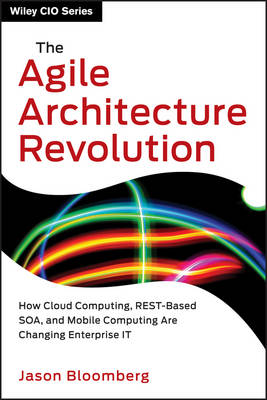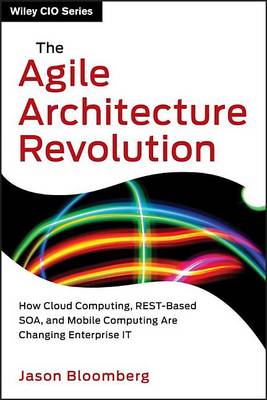Wiley CIO
2 total works
A sneak peek at up-and-coming trends in IT, a multidimensional vision for achieving business agility through agile architectures The Agile Architecture Revolution places IT trends into the context of Enterprise Architecture, reinventing Enterprise Architecture to support continuous business transformation. It focuses on the challenges of large organizations, while placing such organizations into the broader business ecosystem that includes small and midsize organizations as well as startups.
Organizes the important trends that are facing technology in businesses and public sector organizations today and over the next several years Presents the five broad organizing principles called Supertrends: location independence, global cubicle, democratization of technology, deep interoperability, and complex systems engineering Provides a new perspective on service-oriented architecture in conjunction with architectural approaches to cloud computing and mobile technologies that explain how organizations can achieve better business visibility through IT and enterprise architecture Laying out a multidimensional vision for achieving agile architectures, this book discusses the crisis points that promise sudden, transformative change, unraveling how organizations' spending on IT will continue to undergo radical change over the next ten years.
Organizes the important trends that are facing technology in businesses and public sector organizations today and over the next several years Presents the five broad organizing principles called Supertrends: location independence, global cubicle, democratization of technology, deep interoperability, and complex systems engineering Provides a new perspective on service-oriented architecture in conjunction with architectural approaches to cloud computing and mobile technologies that explain how organizations can achieve better business visibility through IT and enterprise architecture Laying out a multidimensional vision for achieving agile architectures, this book discusses the crisis points that promise sudden, transformative change, unraveling how organizations' spending on IT will continue to undergo radical change over the next ten years.

